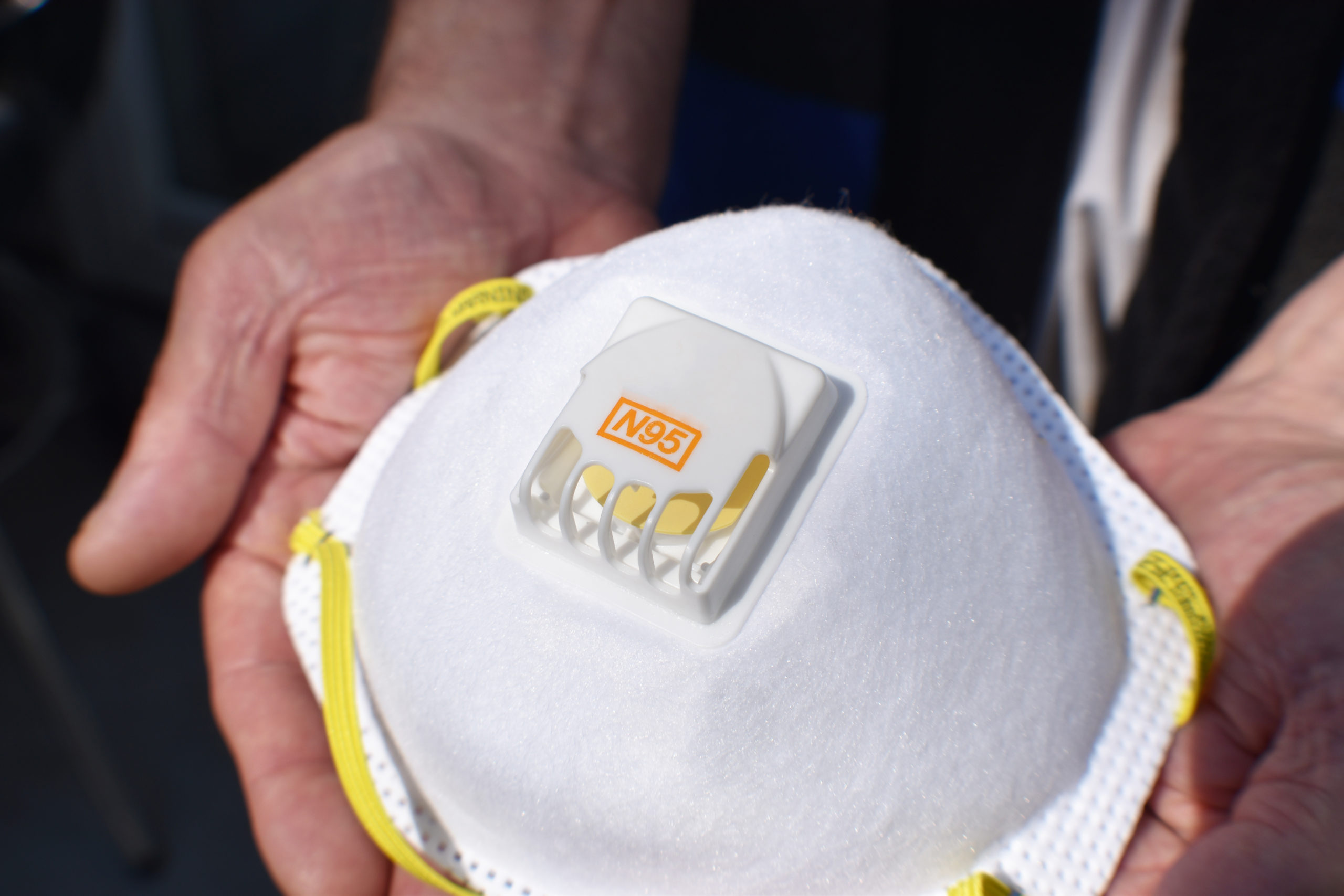The importance of a well-fitting mask has been especially important during the COVID-19 pandemic. We have seen an increase in formal fit test evaluations over the past year due to the needs of the current crisis. Now that PPE is readily available and overall emergency mask regulations are changing, it’s important to remember as we move closer to “normal” that fit testing is an OSHA requirement needing to be done regularly, and at least on an annual basis (Appendix A to §1910.134).
During a proper respirator fit testing, make sure that the training is documented and that documentation of fitted masks per employee is complete. It’s also best practice to have fit testing reflected in your formal Policies & Procedures. To ensure the most successful training, keep in mind the following steps as you prepare for a formal fit testing.
Step 1
- Select N95 masks and have at least 3-4 models in various sizes.
- Ensure they are not counterfeit or damaged.
Step 2
- Determine which employees are being asked to work in a hazardous environment for instance those who are:
- participating in sick visits where patients are symptomatic
- interacting with patients who have been exposed, are suspected, or have tested positive for COVID-19 regardless of symptomatic or asymptomatic
- Out of an abundance of caution and to protect employees from getting sick with COVID consider testing the entire staff. (Optional)
Step 3
- Each employee participating in the training must complete, sign, and return the OSHA Medical Evaluation Questionnaire. This questionnaire is designed to identify general medical conditions that could place a worker at risk of serious medical consequence if a respirator is used.
Step 4
- Training
- Select a respirator with size and shape that best fits on the face.
- Proper donning and doffing are reviewed.
- Seal checks and verification of adequate strap tension will be conducted.
Step 5
- The Fit Test
- A 7-minute test is conducted, including testing hood donning and a sensitivity check.
- Make note of and continue to use the respirator model that was properly fit tested for each individual face.

